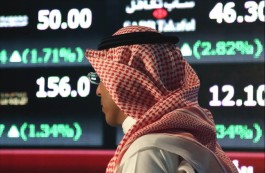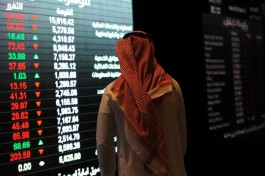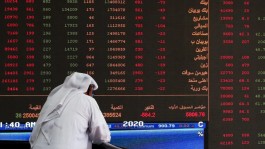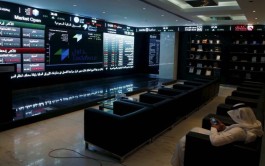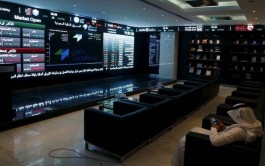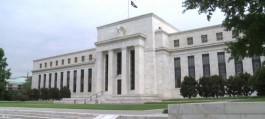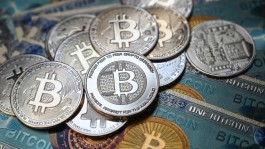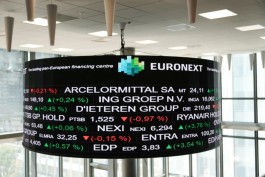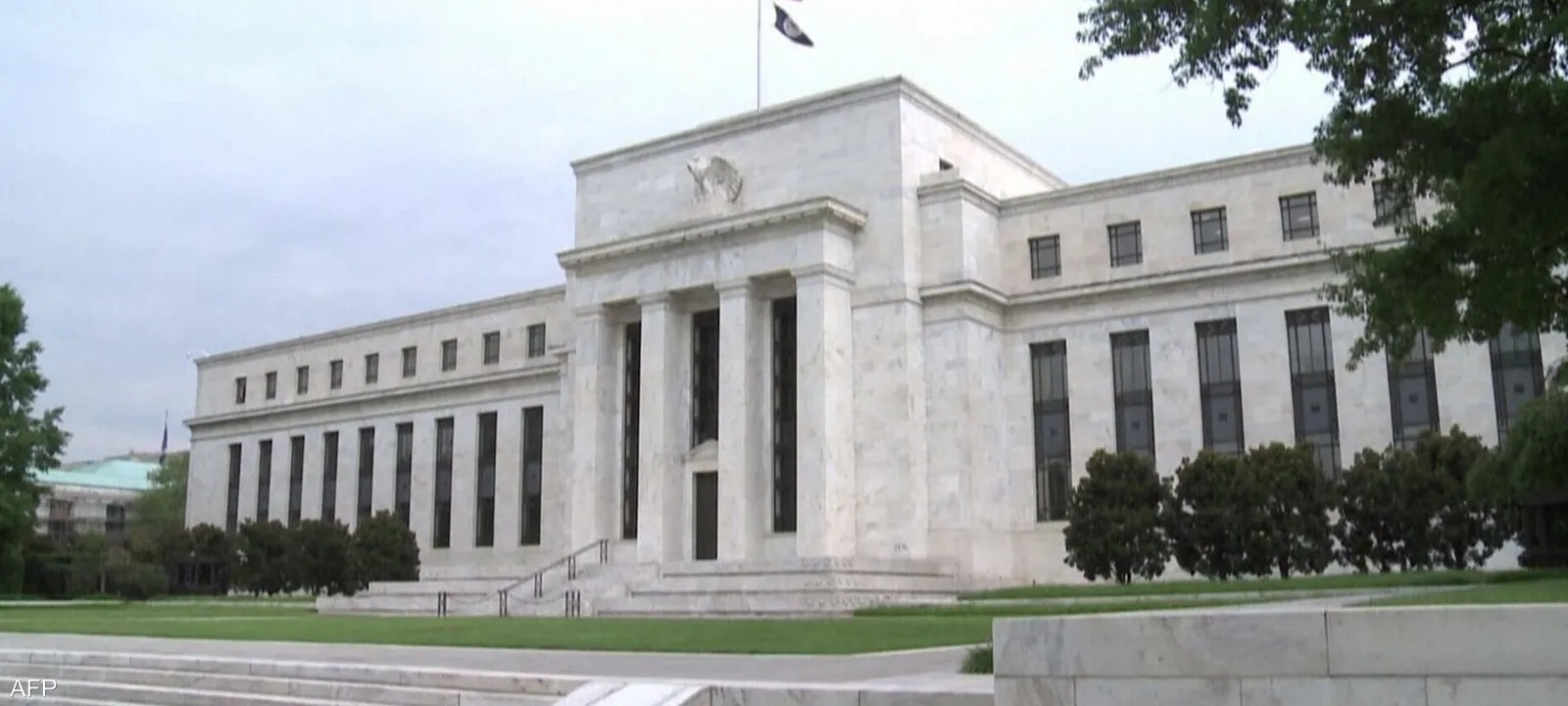It is said that politics of all kinds is local, but is this true of economics? In the past, this was not entirely the case, but today the disparity is becoming wider and wider.
Divergent economic trends
Let us go back to the 1990s and early 2000s, when globalization reached its peak in a unipolar world dominated by American economic and geopolitical power. Back then, stock markets around the world were moving to the rhythm of Wall Street, and central banks set their policies in line with the Federal Reserve, avoiding the consequences of hot money either flowing in or out of markets, threatening the stability of currencies and prices.
America’s allies have benefited from access to American markets, investment, and technology, and have prospered. Its adversaries have suffered from sanctions and export restrictions, and have been isolated, technologically backward, and impoverished. Perhaps the best example of this is the contrast between the fate of America’s rival, the Soviet Union, which collapsed, and China, which prospered when it was America’s friend.
Consider the current situation, by contrast, where most major economies are moving in different directions. The main problem in the United States over the past two years has been accelerating inflation in the post-pandemic era, a problem that has also affected Europe, and has been exacerbated by the war in Ukraine and the interruption of cheap Russian gas supplies.
In contrast, rising inflation in Japan was a positive sign, a sign that its stagnant economy was recovering. In China, the problem was not rising prices, but falling prices.
The pace and direction of action of various central banks therefore varies: the Fed was late in raising interest rates when inflation rose, and then was late in cutting them when inflation fell. The European Central Bank and the Bank of England, on the other hand, were ahead of the Fed in cutting interest rates, as were many central banks in emerging markets.
In China, the authorities are working to curb a slow collapse in the property market and support the stock market. The Bank of Japan, however, does not plan to cut interest rates, but rather to raise them.
Decline of American hegemony
When central banks go in different directions, strange things happen. Take the Japanese yen, for example, recently. The Japanese currency fell in value during the first half of the year, then rose in the summer, only to fall again as the Fed and the Bank of Japan diverged.
Currency fluctuations are not without consequences. A weaker yen helped boost Japanese corporate profits and the Nikkei index. But when it rose, the tide turned, sending Japanese stocks plunging 12% in a single day in August.
Japan’s 4 trillion yen carry trade was a driving force, with investors borrowing cheaply in Japan and investing in higher-yielding assets elsewhere. But as the yen rose, those bets no longer paid off, and investors quickly dumped them, hitting everything from U.S. stocks to the Mexican peso and even bitcoin.
The Fed isn’t the only major Washington institution whose global influence is waning. Consider U.S. policy toward Russia. In 2022, the Joe Biden administration imposed a broad package of sanctions on Moscow aimed at crippling President Vladimir Putin’s war economy.
But India’s oil purchases have kept Moscow’s coffers full, Russian industry has held up thanks to Russian exports, and Putin’s artillery has been firing thanks to North Korean artillery fire. As a result, Russia is on track for 3.5% growth in 2024, even as its forces continue to advance in Ukraine.
What’s happening? First, the structure of the global economy has changed, with the US and its allies’ share of it shrinking. In 1990, the US alone accounted for 21% of global GDP, with half coming from the G7 countries. By 2024, those shares had fallen to 15% and 30%, respectively.
Growing role of other economies
Second, much of the world is moving away from the U.S.-designed business model. In the past, the G7 countries made the big decisions, and with the rise of China and other emerging markets, this club expanded to the G20. But deep divisions between the United States and Europe on the one hand, and China and Russia on the other, have made the group less effective.
One sign of this decline was the emergence of competing blocs, such as the BRICS group, which began as an investment group and later turned into a de facto club, including Brazil, Russia and other emerging markets that host the group’s summits in rotation.
Although the dollar remains the world’s main reserve currency, its dominance has waned. Its share of global central bank reserves has fallen from 72% in 2000 to 58% in 2023, according to the International Monetary Fund. China now settles a quarter of its trade in the yuan, up from zero a decade ago, according to the People’s Bank of China data.
It’s no wonder, then, that the United States’ appeal is waning as other economies, especially China’s, grow in influence. In the coming months, the Federal Reserve’s decisions on the pace and size of interest-rate cuts will still matter, but Beijing’s stimulus program will likely outweigh it. A Bloomberg Economics model suggests that the package of measures announced by the Chinese Communist Party’s Politburo in late September will add about $300 billion to global GDP over the next year, and perhaps much more if the Chinese finance ministry follows through on its fiscal stimulus pledges.
These are all important issues for governments struggling to keep their economies growing, companies seeking to ensure supply chain continuity, and investors looking to increase returns.
Opportunities and risks
In a world where every local economy is singing its own tune, business leaders need to be extra careful. Their decisions about where to source and target markets are even more important because if they get it right, supply chains will run smoothly and revenues will grow. If they get it wrong, their companies could face higher tariffs, sanctions, and reduced demand.
Investors face the same complexities, but the gains and losses are made much faster. In just a few weeks, we’ve seen the pound rise and then fall, the Bank of England diverge from the Fed in its policies, the Chinese stock market recoup a year’s worth of losses in a matter of days thanks to the Politburo’s stimulus, and oil prices jump $10 a barrel to $80 in early October as the war in the Middle East escalated and expanded.
The economy has become a local matter. If one understands this, one will realize that one is surrounded by opportunities if one knows how to exploit them.










